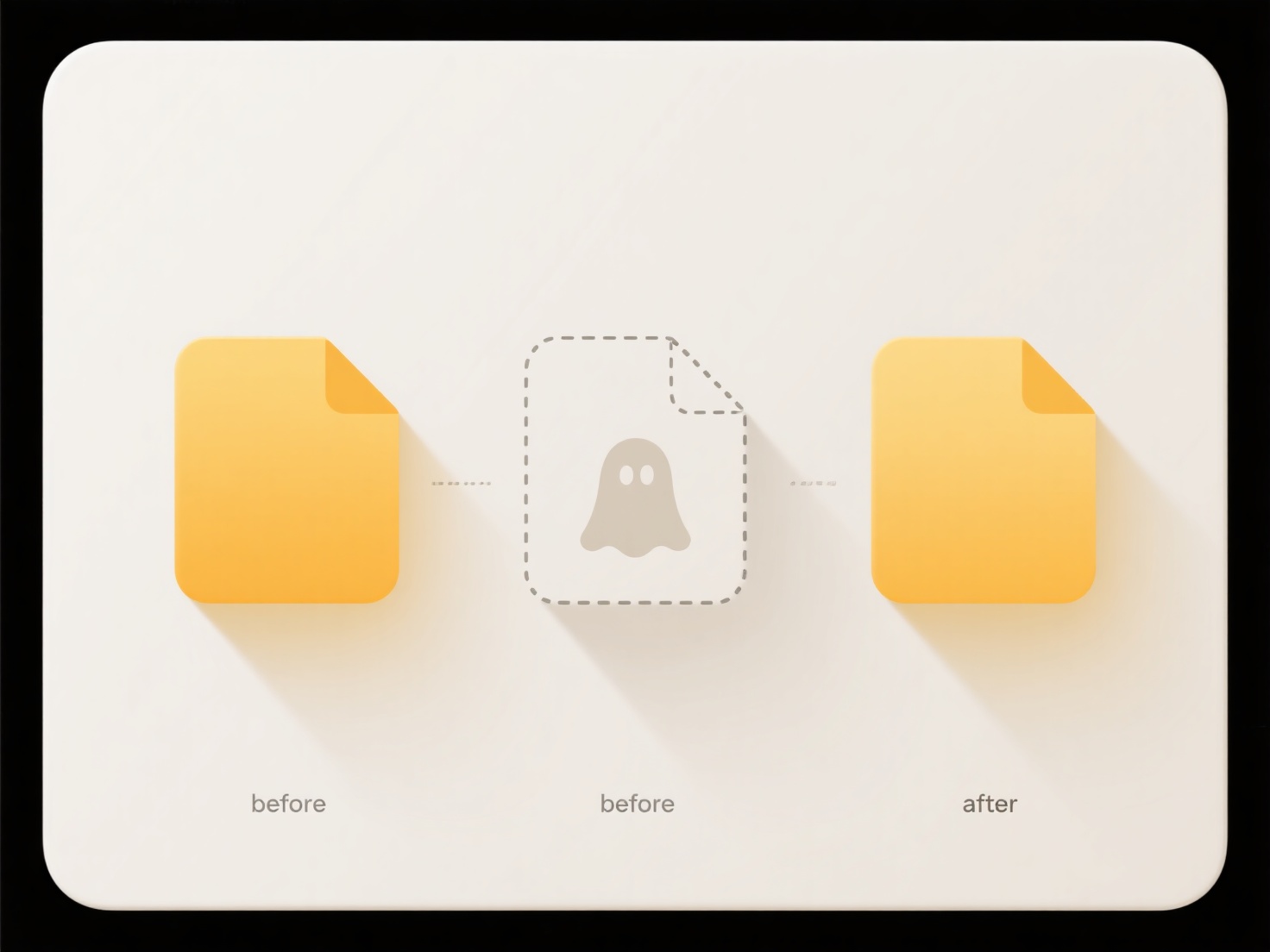
AI-powered file retrieval systems use machine learning and natural language processing to improve finding files based on meaning and context, not just file names or keywords. Unlike basic search that relies on exact matches, these tools understand the semantic content of documents, emails, and media. They interpret search queries in a more human-like way, finding relevant files even if the exact query words aren't present.

In practice, enterprise search platforms like SharePoint with Microsoft 365 Copilot or Glean use AI to help employees quickly locate company documents across massive shared drives by understanding the intent behind their questions. Personal AI assistants like Apple's Spotlight/Search or enhanced tools within Google Drive leverage this technology to help users find specific emails, photos ("sunset from vacation"), or documents ("that budget proposal draft") on their own devices using conversational queries. Google reports significant time savings using AI search internally.
The major advantage is drastically reduced search time and increased productivity by surfacing highly relevant results from large, unstructured data stores. Key limitations include potential reliance on extensive, high-quality training data and risks of perpetuating biases present in that data. Ethical considerations involve user privacy and potential for surveillance when deployed in workplaces. Future integration with large language models (LLMs) further refines semantic understanding and summarization, accelerating adoption across knowledge management and collaboration platforms.
Are there AI-based tools that improve file retrieval?
AI-powered file retrieval systems use machine learning and natural language processing to improve finding files based on meaning and context, not just file names or keywords. Unlike basic search that relies on exact matches, these tools understand the semantic content of documents, emails, and media. They interpret search queries in a more human-like way, finding relevant files even if the exact query words aren't present.

In practice, enterprise search platforms like SharePoint with Microsoft 365 Copilot or Glean use AI to help employees quickly locate company documents across massive shared drives by understanding the intent behind their questions. Personal AI assistants like Apple's Spotlight/Search or enhanced tools within Google Drive leverage this technology to help users find specific emails, photos ("sunset from vacation"), or documents ("that budget proposal draft") on their own devices using conversational queries. Google reports significant time savings using AI search internally.
The major advantage is drastically reduced search time and increased productivity by surfacing highly relevant results from large, unstructured data stores. Key limitations include potential reliance on extensive, high-quality training data and risks of perpetuating biases present in that data. Ethical considerations involve user privacy and potential for surveillance when deployed in workplaces. Future integration with large language models (LLMs) further refines semantic understanding and summarization, accelerating adoption across knowledge management and collaboration platforms.
Related Recommendations
Quick Article Links
How do I search files stored in Google Drive?
Searching files in Google Drive involves using the built-in search bar at the top of the Drive interface. This tool scan...
How do I manage OneDrive file structure?
Managing your OneDrive file structure involves organizing files and folders within your cloud storage space using names,...
Can I integrate access controls with single sign-on (SSO)?
Single sign-on (SSO) allows users to authenticate once with one set of credentials to gain access to multiple applicatio...